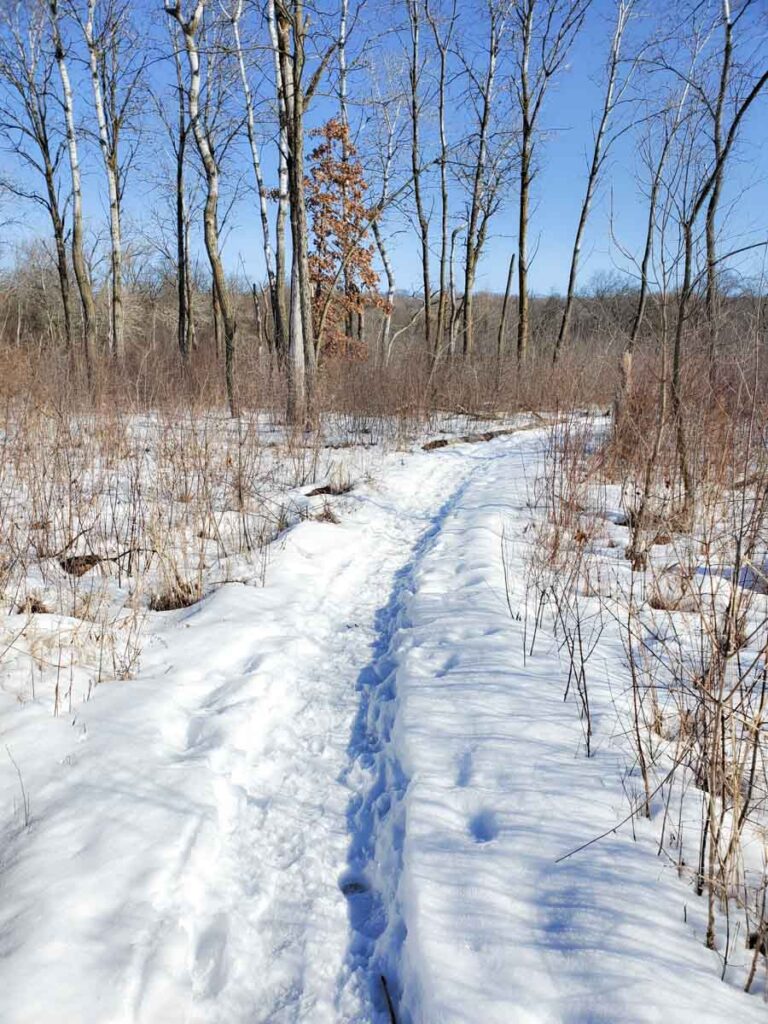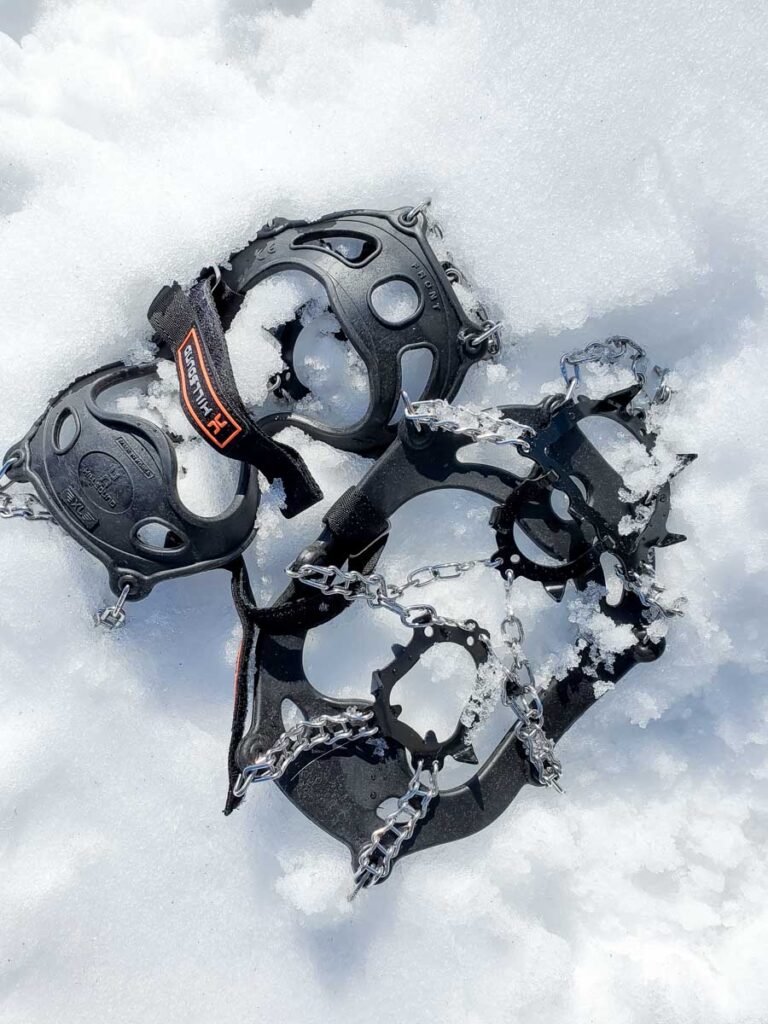
A recurring inquiry I often receive is, “Are the trails icy?” When it comes to trails in Wisconsin, especially after snowfall, one should anticipate icy conditions. The compacted snow on the paths undergoes a transformation into hardened snowpack, which swiftly transitions into ice. With the continuous cycle of snow, rain, snow, and fluctuating temperatures, it is not uncommon for several inches of ice to form, rendering the trails more perilous. Even as late Spring approaches, icy patches may persist, particularly in shaded areas where sunlight struggles to reach the ground. Therefore, it is essential for hikers and outdoor enthusiasts to equip themselves with suitable footwear that provides excellent traction, such as winter boots or hiking shoes with sturdy soles.

Exercise caution and move with deliberation when encountering icy or slippery sections of the trail to minimize the risk of falls and injuries. To enhance stability and balance on icy terrain, consider utilizing hiking or trekking poles. During a recent hike through Kettle Morane, I found myself navigating narrow, slippery trails with the potential hazards of steep drops into kettles on one side and steep upward hills on the other. By employing my poles, I managed to maintain a steady stride. Remember to remove any rubber tips from trekking poles before venturing onto icy surfaces.

Another option for hiking on heavily iced-over trails is to utilize ice cleats. There are various styles and levels of aggressiveness available in the market. Personally, I utilize a pair of Hillsound microspikes, which I find easy to put on and take off. You might be pleasantly surprised by how effortless walking can be with them. However, exercise caution when using ice cleats on boardwalks, as they have the potential to damage the surface.
